If you’re in sales, you might want to invest a few minutes in rethinking the term “sales funnel.”
The toughest grind in sales is generating leads. Leads are too precious to simply drop into a metaphorical funnel and hope to close a sale when they come out the bottom. High-performing sales professionals use progressive profiling to coax a lead from an initial contact to a long-term customer.
To understand what progressive profiling is, let’s examine what it is not.
Perhaps you’ve heard that mortgage interest rates are low right now, and you’ve been meaning to find out more. Let’s say you see an online ad (because Google often seems to know what you’re thinking) that offers a vague promise of “information” about mortgage refinancing — if you just enter your name and phone number or email address.
Instead of receiving well-researched information to study before you decide on your next move, you’ve placed yourself in the path of stampeding salespeople. It’s more likely to turn you off refinancing than to land you as a customer.
Progressive profiling is a far more gradual process of gathering information about a prospective customer — though you can’t entirely blame the salespeople who immediately pester the person who expressed an interest in refinancing their mortgage. Sales, whether it’s with an individual customer or business to business, requires a lot of information about each lead.
A big problem is that people are typically stingy with personal information when filling out online forms they know will kick off a sales process. This creates a dilemma. If you ask for all the information you need to evaluate and convert the lead, few people are likely to complete your form.
Progressive profiling is the elegant solution to this dilemma because it assumes from the start that potential customers are reluctant to hand over their information until they know the value they will receive in exchange.
Just getting prospects to say “yes” to the next step
Let’s think through the mortgage refinancing example to learn what progressive profiling is in practice. When an inbound lead reveals that they are curious about mortgage rates, you can simply ask for their name and email address, which people are much more likely to share than their phone number. You might pose the question, “Want to know more about today’s historically low mortgage interest rates?” When people express interest, be ready with a written report or an informational video they will value.
Naturally, a name and an email address provide far too little information to determine if someone can qualify to refinance their mortgage, but this is the widest portion of the sales funnel. At this point, you can be confident you’re in contact with people who have mortgages and are curious about refinancing. They have given you their email address, which is basically an invitation to stay in contact with them.
Your next goal is to coax a little more information from them in exchange for something else of value. For instance, you’ll likely want to know more about where their property is located, so let’s say you have content on the market for refinancing in each state — or at least different regions of the country. At this point you can offer to send the report in exchange for just their zip code.
Why progressive profiling works
The stereotypical salesperson portrayed in countless movies, TV shows, and even on the stage aggressively lives by the motto “always be closing.” In real life, sales professionals know that coming on strong too early in the process is far more likely to scare off the lead than to close the sale.
This is true when selling face to face and even truer in the inbound marketing process that drives sales online. Let’s face it, when you’re dealing with leads online, a potential customer can very easily ignore you if they don’t like the process.
Progressive profiling is a better method — even though it’s knowledge intensive — for keeping leads moving through the sales funnel by never asking more from them at any one point in the process than they are likely to give. Sales teams need three things to drive an effective progressive profiling sales process.
They must have a viable customer persona to identify the most promising leads, an incremental value proposition that offers valuable content (such as webinars, white papers, or research reports) to reward leads who provide more information about themselves, and the sales technology to easily gather and integrate the information as they slowly collect it.
To return to our mortgage refinancing example, your basic customer persona is anyone paying a higher-rate mortgage than is currently available — though eventually you’ll need to know much more about their income, equity in the property, and so on to determine if the lead is a viable refinancing prospect.
Whatever product or service you’re selling, whether to consumers or to another business, you need a clear idea about who likely has a problem that your product or service will solve. The lead who inquired about refinancing their mortgage might be mildly interested or highly motivated by the prospect of a lower monthly payment. Their level of interest will become clear as they agree or decline to provide more information for content that educates them about the real estate market and the refinancing process. Each time the lead agrees to provide information for more educational content, they move another step toward becoming a customer.
Jotform has dozens of templates for lead generation forms designed to facilitate progressive profiling. The drag-and-drop functionality allows you to easily customize the forms for your company by adding your logo and preferred colors, and arranging data fields where you want them.
You can embed the form on your website or send it in prospecting emails. Your Jotform account can securely store the data you gather, or you can choose to have it load automatically into CRM platforms, including HubSpot, Salesforce, and ActiveCampaign.
Progressive profiling treats leads as people
Few people blurt out their life story when they meet a stranger, and probably even fewer would be comfortable listening to those who do. Progressive profiling is a way of pacing the online sales process at human speed. When someone expresses an interest in your product or service, ask for only the information you need to provide the information they asked for.
By patiently allowing the process to proceed at the pace of the lead’s comfort, you gradually gather what you need to know without scaring them away by demanding too much. If they continually agree to tell you more, they are likely to eventually buy because at that point they are familiar with your product or service and they have concluded that it solves the problem that prompted them to inquire in the first place.
The term “sales funnel” is probably not going out of use anytime soon, but it is an awkward metaphor. Gravity pulls liquids swiftly to the bottom of a funnel, but sales is a very human process of slowly building trust and proving value. Progressive profiling is the way the best salespeople and sales teams get their jobs done.






































































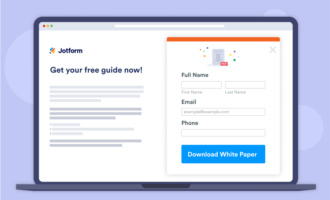
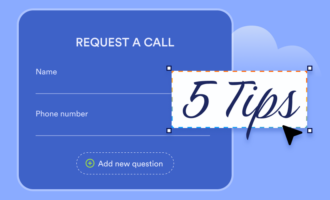









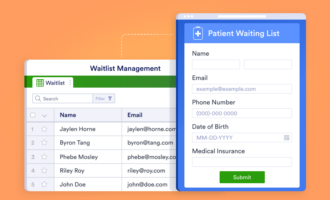












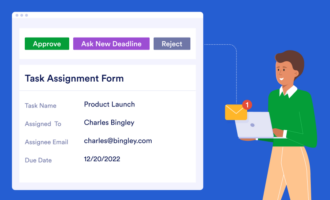


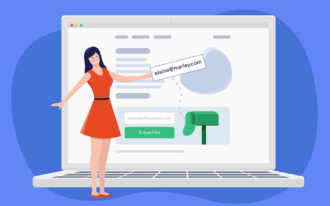



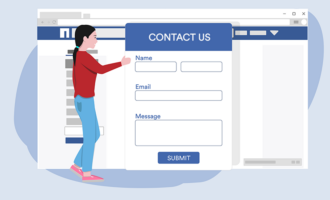



Send Comment: